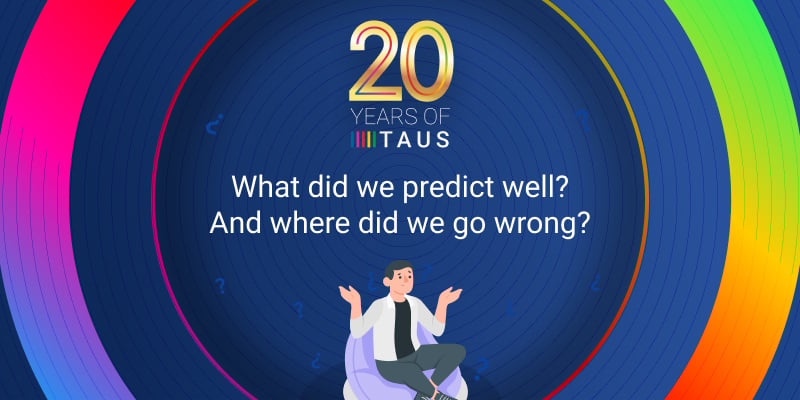Three Things Quality Managers Should Know

The essence of successful translation quality management is learning how to apply a mix of various evaluation methods that complement each other. Here are the three things that every quality manager should know.
Quality is Communication.
When I try to imagine the traditional translation supply chain, I picture a long conveyor belt where every actor (content writer, marketer, translation project manager, translator, reviewer) is responsible for their individual workstation and contributes their own share of work without having the full perspective of the desired outcome or the actual end-product. Often they don’t know who the other contributors are and prefer to stay anonymous themselves. If something goes wrong, the fires are extinguished locally, because the deadlines are tight and the communication chain is seemingly so complex that people don’t even dare to ask questions. As a result, important details fall between the cracks and the end result is far from the initial expectations.
Speak to each other! Translation is not a guessing game. More and more language service providers establish open communication lines where translators can speak to the end-customers directly that allows them to resolve any unclear issues more efficiently. Every modern translation tool should provide interaction functionality so that the project managers and linguists can address translation-related matters without having to switch to another channel and waste time filling in tedious Q&A spreadsheets.
Quality is Data-informed.
While a masterfully written (and translated) text might look like a piece of art, it is also a result of pragmatically taken decisions - for example, carefully selected terminology, perfectly matching style, and accurate punctuation. On the other end of the spectrum - a badly written (and translated) text cannot just be claimed as ‘bad’ without any further explanation. Was the source text ambiguous and caused inconsistencies across target languages? Was the translation too long and did not fit the app screen?
The more actors are involved in the translation production process, the more difficult it is to rely on subjective feedback - it is hardly actionable and doesn’t translate well across different cultures. Putting a meter on the pipe allows everyone to get
Check out the DQF Dashboard which provides real-time reporting on translation quality.
Quality is Greater than the Sum of its Parts.
Is human translation about to disappear? Is machine translation the only answer to the need for cheap and fast translation? The reality is never only black and white. The true mastery of solving the translation game lies in careful match-making between the various translation production methods and the content types at stake. There are cases when raw MT is good enough, for example, in user-generated reviews on hotel booking websites. Equally so, in other cases, transcreation is the only way to accurately convey the company voice across multiple cultural contexts.
As the DQF White Paper explains, the essence of successful translation quality management is learning how to apply a mix of various translation production and evaluation methods that complement each other, thus creating a modern translation pipeline that is greater than the sum of the individual translation and evaluation methods.

Dace is a product and operations management professional with 15+ years of experience in the localization industry. Over the past 7 years, she has taken on various roles at TAUS ranging from account management to product and operations management. Since 2020 she is a member of the Executive Team and leads the strategic planning and business operations of a team of 20+ employees. She holds a Bachelor’s degree in Translation and Interpreting and a Master’s degree in Social and Cultural Anthropology.
 by Dace Dzeguze
by Dace Dzeguze


